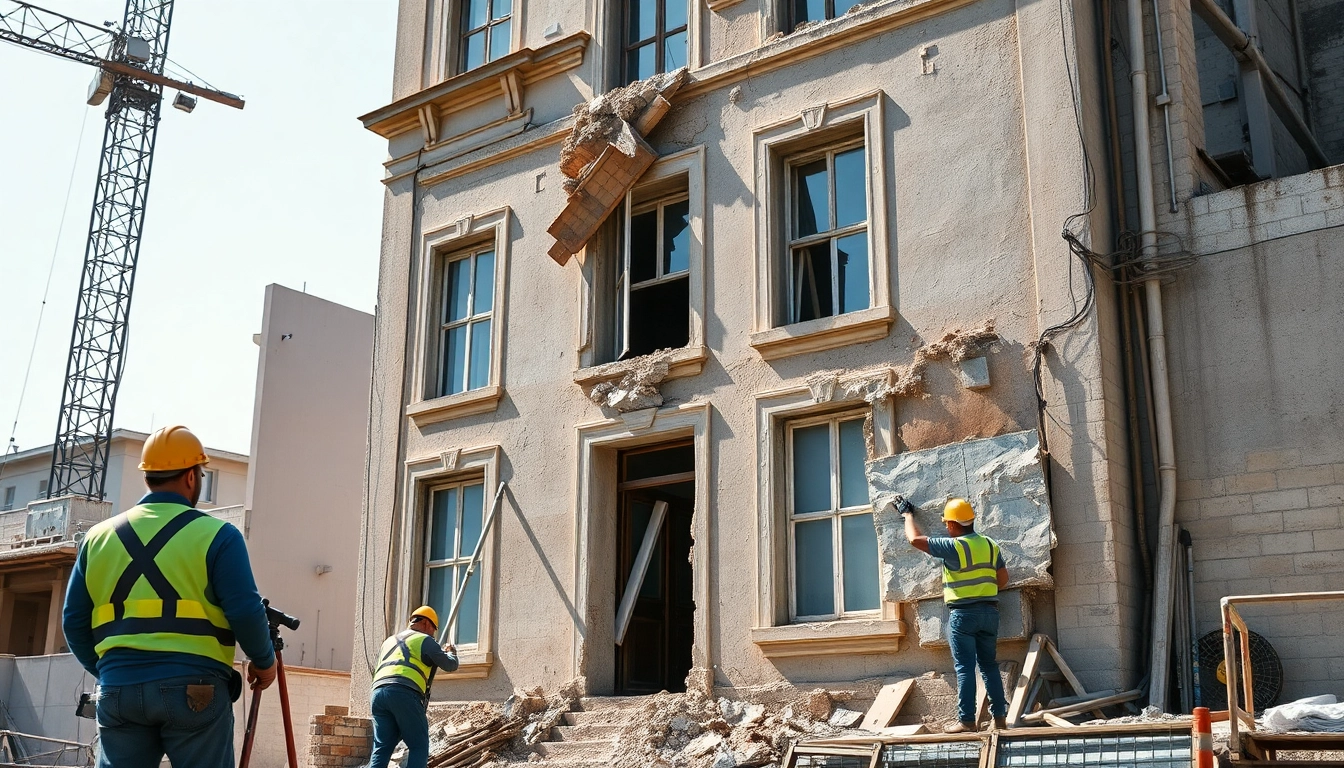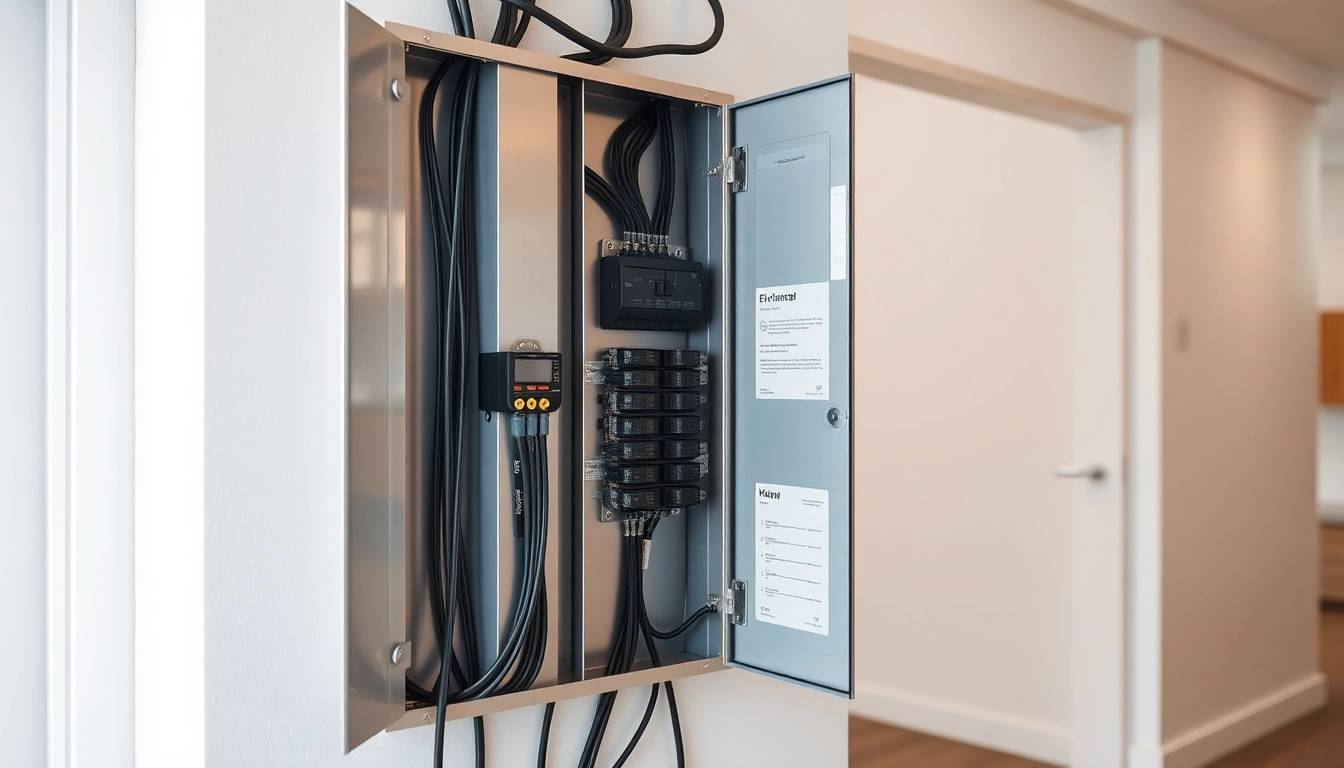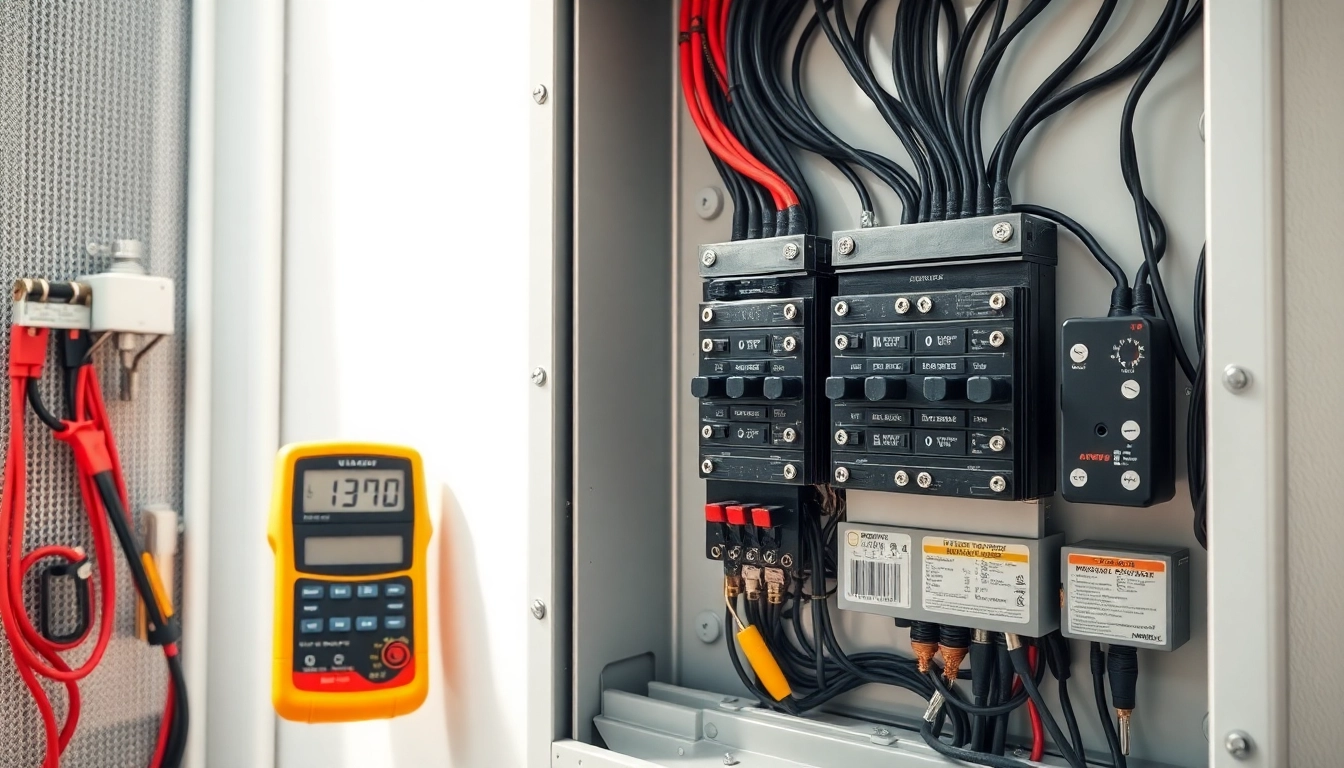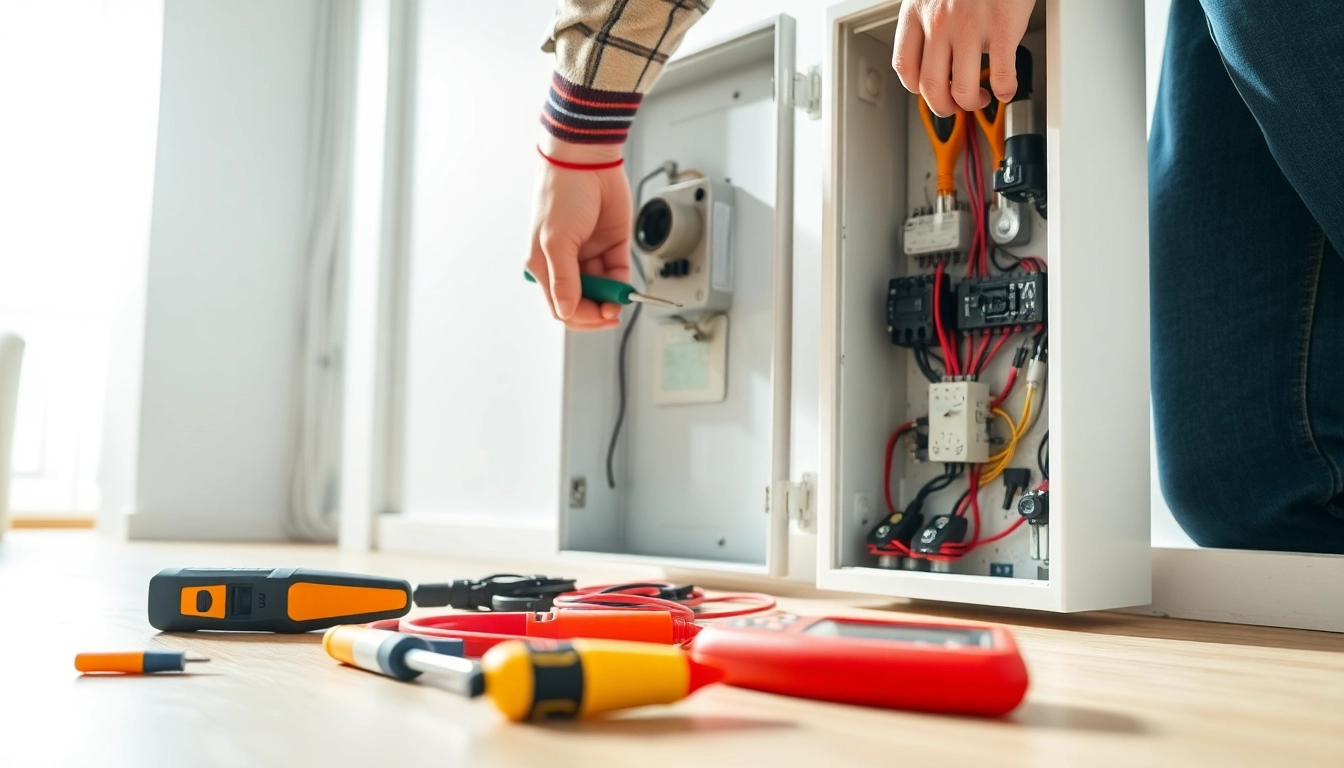Understanding Facade Removal
What is Facade Removal?
Facade removal refers to the process of taking down or refurbishing the outer layer of a building. This process can include anything from stripping away outdated materials to focusing on restorative work aimed at preserving historical architecture. Facades play a crucial role in a building’s aesthetic and structural integrity, sometimes employing materials such as brick, stone, stucco, or glass. The need for facade removal can arise from various situations, including wear and tear, design upgrades, structural issues, or the need for energy efficiency improvements.
Importance of Facade Removal in Renovation
Facade removal is often a pivotal part of renovation projects. It contributes significantly to enhancing the visual appeal and market value of a property. Furthermore, removing a facade that is marred by age-related damage allows for the correction of underlying structural problems. Facade removal can also serve energy efficiency initiatives, such as improving insulation and preventing moisture damage).
Common Facade Materials and Their Removal Techniques
Facade materials vary widely, and each requires specific techniques for their removal. Here’s a breakdown of some common materials:
- Brick: Often requires tools such as chisels, hammers, or specialized demolition equipment to chip away units carefully.
- Stucco: Typically removed by scoring the surface with a utility knife and using a pry bar to peel sections away.
- Stone: Removal can involve chipping and cutting techniques and, in some cases, demolition equipment to detach larger pieces.
- Glass: Requires careful handling and may involve suction tools to avoid breakage during removal.
Planning Your Facade Removal Project
Assessing Structural Integrity Before Removal
A thorough structural assessment is crucial before embarking on a facade removal project. Check for underlying issues such as cracks, moisture damage, or rot, which could complicate the removal process. Engaging a structural engineer can provide professional insights on the integrity of your building’s framework.
Essential Tools and Equipment for Facade Removal
Once structural integrity has been assessed, gather the necessary tools and equipment for a successful facade removal. Key items typically include:
- Chisels and hammers for manual removal
- Jackhammers or demo hammers for heavier materials
- Lifts and scaffolding for elevated work
- Protective gear (helmets, goggles, gloves) to ensure safety
- Dumpsters or waste bags for efficient debris disposal
Key Safety Precautions During Facade Removal
Safety should always be a priority when removing a facade. Important safety measures include:
- Wearing personal protective equipment (PPE) to prevent injury.
- Ensuring secure scaffolding and working surfaces to prevent falls.
- Implementing dust control measures to minimize airborne particles.
- Properly disposing of hazardous materials, adhering to local regulations.
Step-by-Step Process of Facade Removal
Preparation: Key Steps for a Smooth Facade Removal
The initial preparation phase is vital for a smooth facade removal. Key steps include:
- Securing necessary permits if required by your local authority.
- Notifying neighbors of potential noise or disruptions.
- Creating an action plan with timelines and responsibilities.
- Marking utility lines to avoid disruptions or accidents.
Executing Facade Removal: Methods and Techniques
Executing the facade removal process can vary depending on the material and structure.
1. For Brick Facades: Start from the top, ensuring that brick units are carefully chipped away to avoid damage to the underlying structure. Utilize a hammer and chisel method for precise removal.
2. For Stucco Facades: Utilizing a utility knife, score the surface before peeling away sections. A pry bar can be highly effective here.
3. For Stone Facades: Employ chisels and hammers for smaller sections, while larger blocks may necessitate the use of jackhammers.
Throughout this process, ensure constant safety checks are conducted, and debris is removed regularly to maintain a safe working environment.
Dealing with Unexpected Challenges During Removal
During the facade removal process, unexpected challenges may arise, such as:
- Hidden structural issues.
- Invasive pests.
- Damaging the walls during removal.
In these instances, it’s imperative to halt the removal process and undertake a thorough assessment. Engaging with qualified professionals can ensure that the right solutions are employed to address these challenges.
Post-Removal Considerations
Inspecting the Building After Facade Removal
Once the facade has been removed, it is essential to conduct a comprehensive inspection of the underlying structure. Look for any issues that need immediate attention, such as:
- Signs of moisture or mold.
- Cracks or structural weaknesses.
- Electrical or plumbing systems that need relocation.
Cleaning Up After Facade Removal: Best Practices
Proper cleanup following facade removal is critical. Maintain safety standards by:
- Utilizing dumpsters for waste disposal.
- Removing sharp materials and debris promptly to avoid accidents.
- Implementing a vacuum system to control dust.
Preparing for New Facade Installation
Preparation for new facade installation can begin immediately after debris removal and structural assessments. This phase includes:
- Creating design plans for the new facade.
- Choosing materials that improve energy efficiency.
- Contracting skilled professionals if necessary to ensure quality installation.
Professional Help vs. DIY Facade Removal
When to Hire Professionals for Facade Removal
While some facade removal efforts can be DIY projects, certain situations warrant the hiring of professionals:
- If you lack experience with heavy construction work.
- When significant structural issues are present.
- If permitted work is required.
Cost Considerations for Facade Removal Services
Understanding the costs associated with professional facade removal services is essential for budgeting. Factors influencing costs generally include:
- Type and extent of the facade work needed.
- Labor costs in your area.
- Presence of hazardous materials that require special handling.
- Permitting fees associated with the project.
Benefits of Professional Facade Removal Services
Hiring professionals for facade removal can streamline the process and ensure a higher quality outcome. Benefits include:
- Expertise in handling complex situations.
- Access to specialized tools and equipment.
- Adherence to local building codes and regulations.
- Enhanced safety for both the workers and the surrounding area.















Leave a Reply